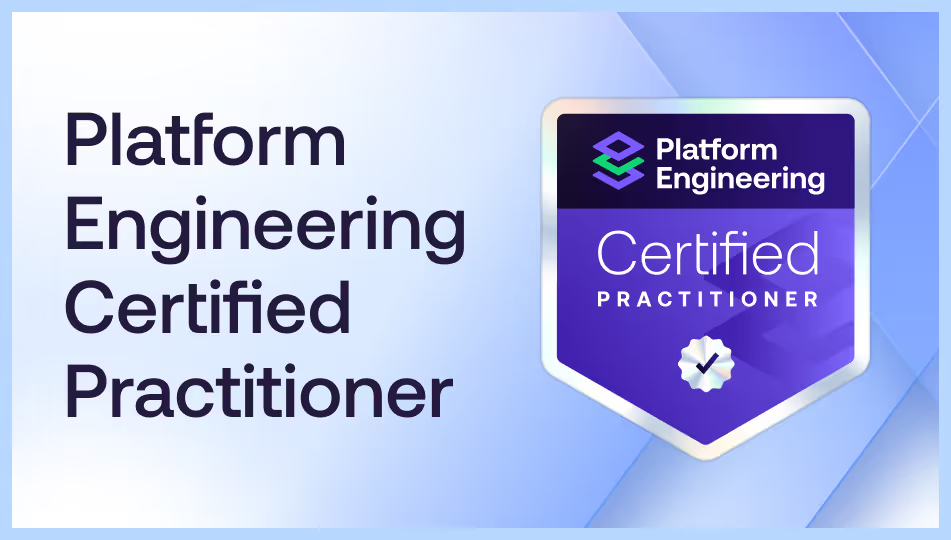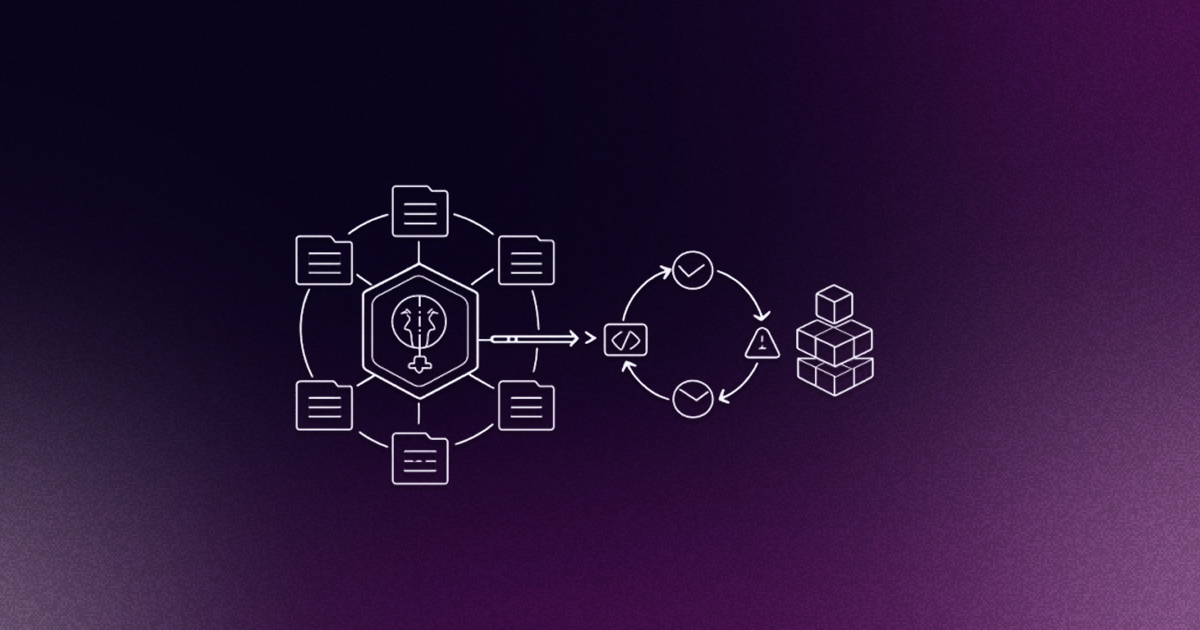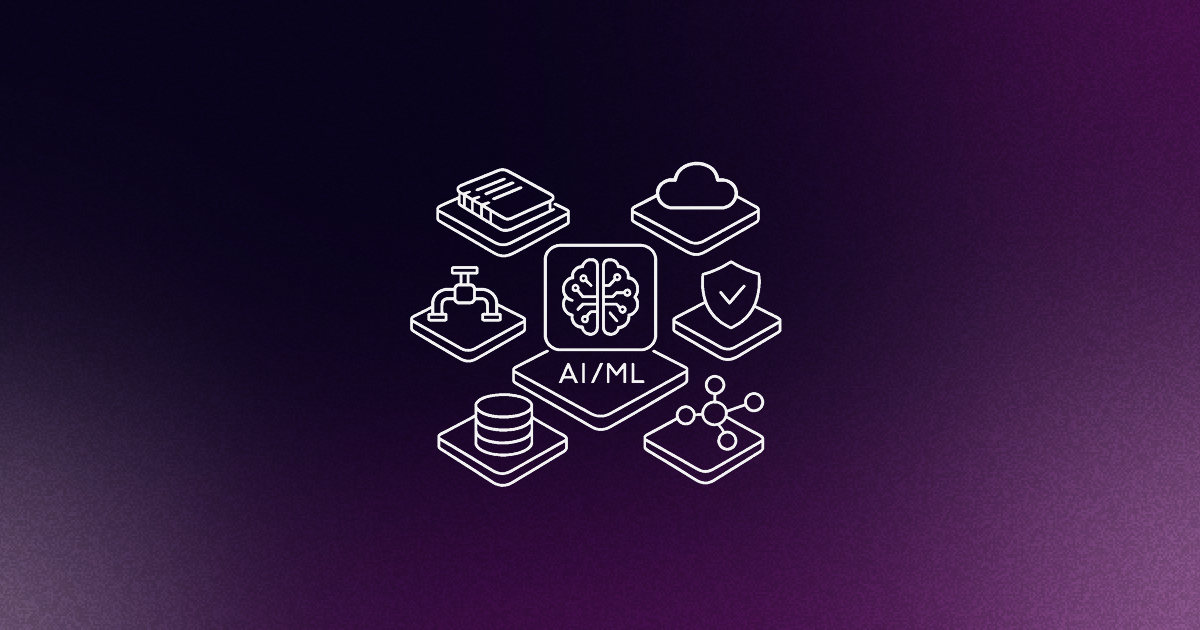You can now easily create your own Internal Developer Platform reference architecture diagrams based on the framework launched at PlatformCon23 last year, which used data from hundreds of successful platform setups.
In the last year, as platform engineering has continued to grow exponentially in size, we have seen a large number of platform engineering reference architectures created and shared. These have ranged from practitioners sharing their own to major whitepapers based on hundreds of setups, including open sourced reference architecture implementations.
Sparked by Mckinsey's Stephan Schneider and Mike Gatto presenting their talk “Platform as Code: Simplifying developer platform design with reference architectures” at PlatformCon23, these platform engineering reference architectures aim to reflect setups that are tested and actively being used.
That is why we have launched the ability to easily create and modify your own reference architectures easily through Google slides.

The Structure of a Successful Internal Developer Platform
Within these reference architectures there are five main planes that make up an IDP:
- Developer Control Plane – this is the primary configuration layer and interaction point for the platform users. Components include Workload specifications such as Score and a portal for developers to interact with.
- Integration and Delivery Plane – this plane is about building and storing the image, creating app and infra configs, and deploying the final state. It usually contains a CI pipeline, an image registry, a Platform Orchestrator, and the CD system.
- Resource Plane – this is where the actual infrastructure exists including clusters, databases, storage or DNS services.
- Monitoring and Logging Plane – provides real-time metrics and logs for apps and infrastructure.
- Security Plane – manages secrets and identity to protect sensitive information, e.g., storing, managing, and security retrieving API keys and credentials/secrets.
Using the Google slides we’ve created, you can easily make a copy and create your own reference architectures. Don’t forget to share them with the Platform Engineering community on Slack or on Social Media.
Get started now.
Tools missing? Let us know.











